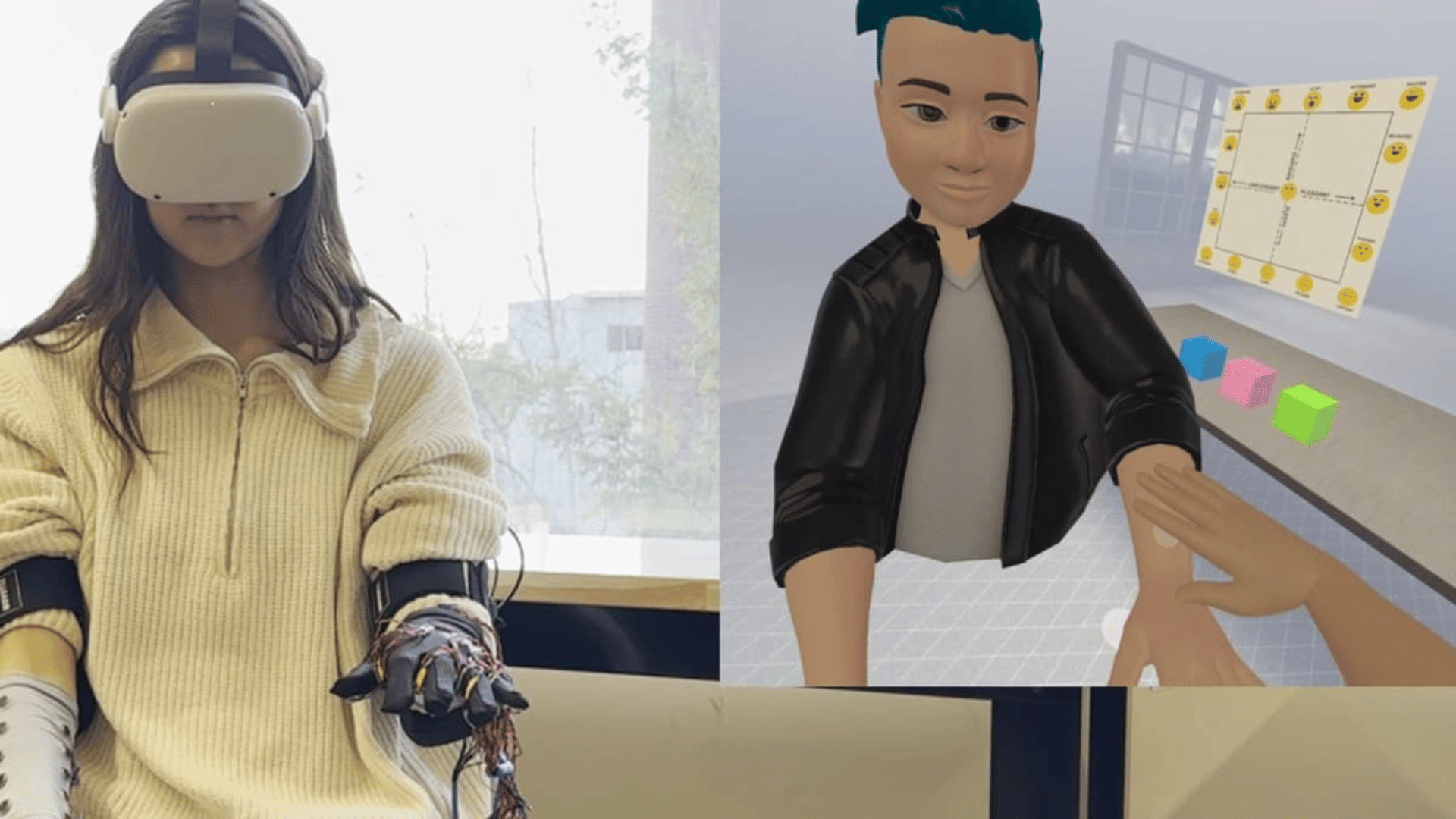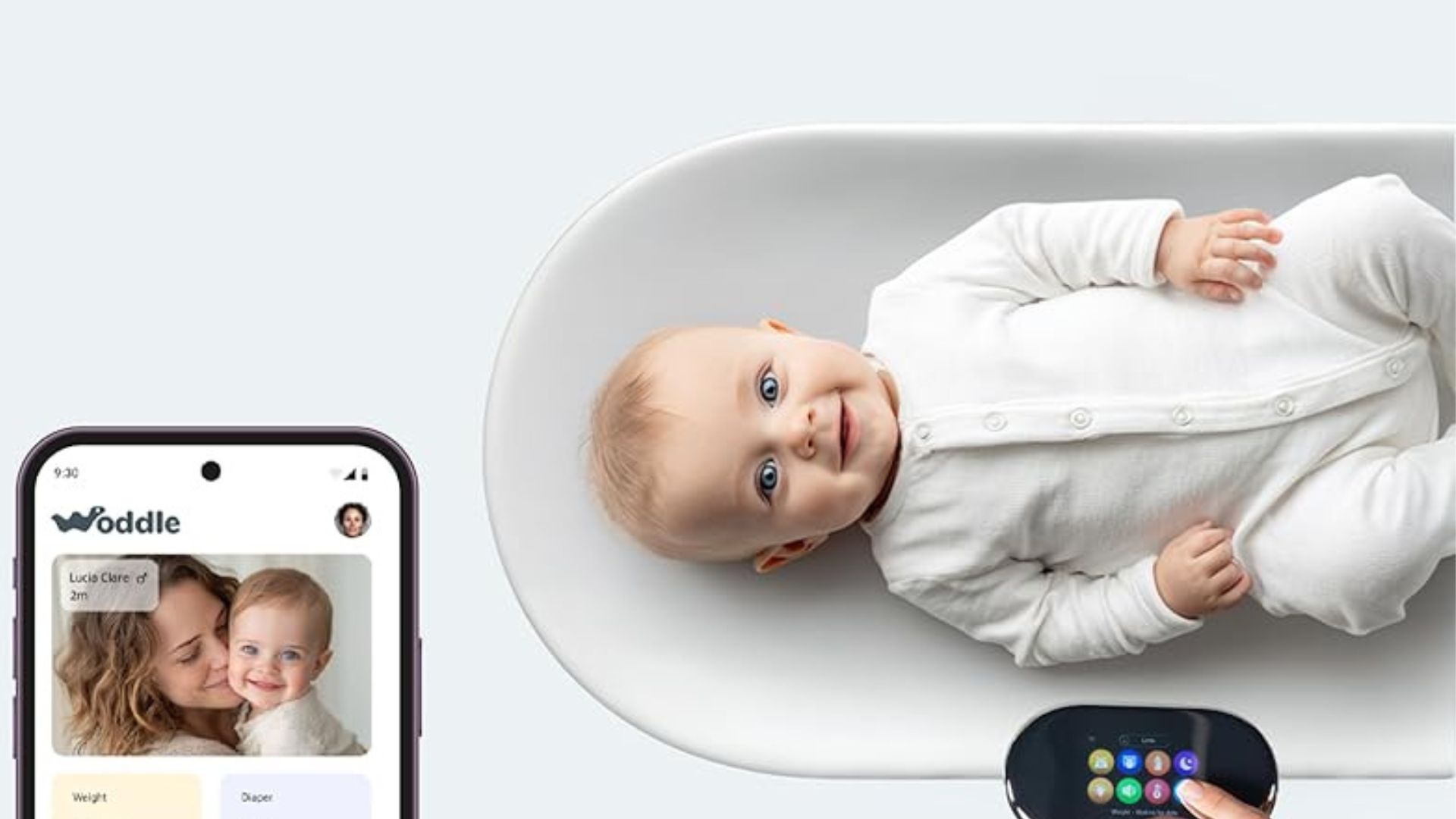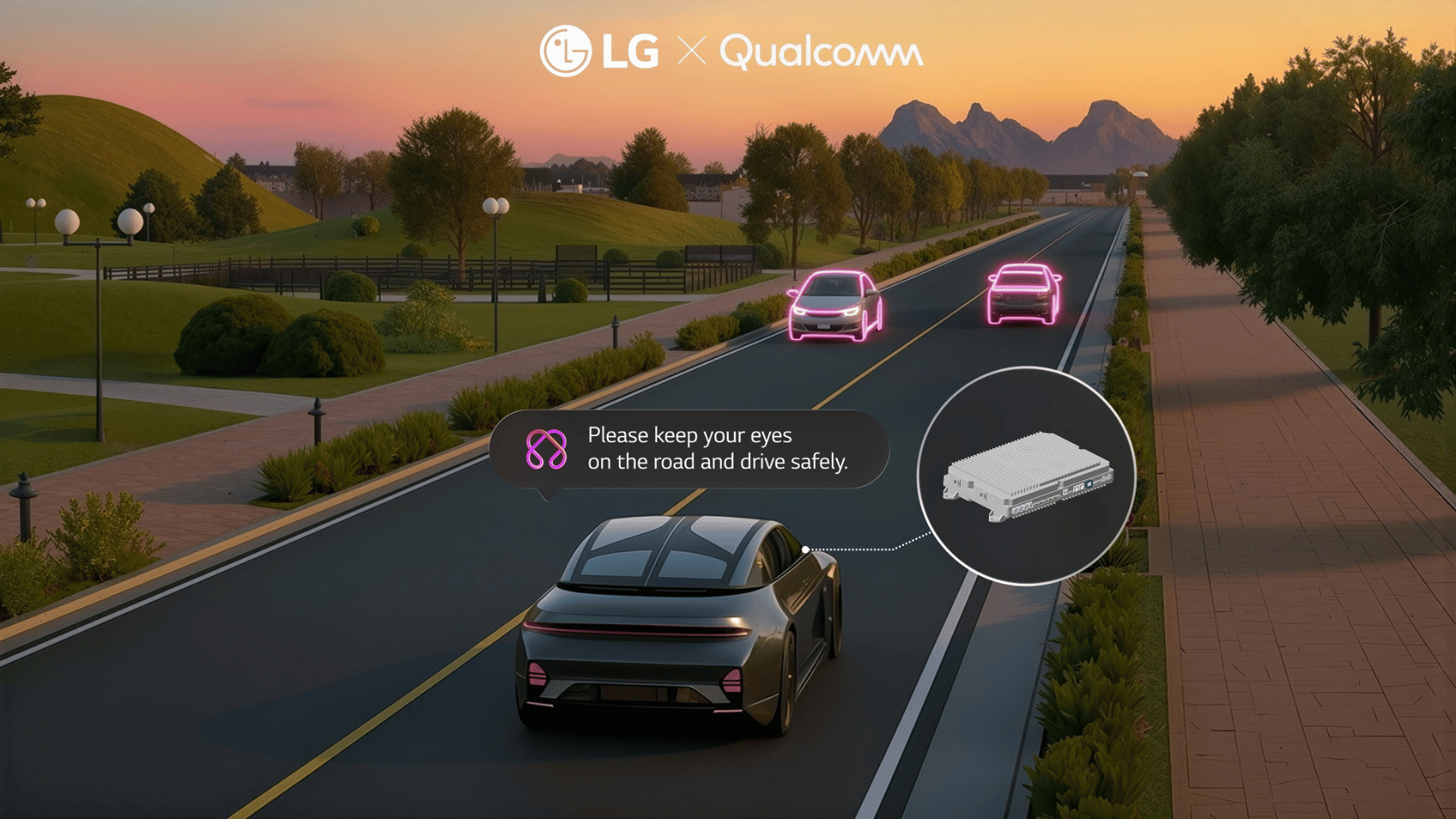Engineers at USC Viterbi School of Engineering are creating a new haptic system that brings the sensation of touch into virtual reality (VR).
Real-Time Touch in Virtual Reality

The system uses gloves and armbands equipped with vibration motors to mimic physical contact in VR. The wearable device allows users to feel gestures like squeezes, handshakes, and pats, even when separated by miles.
Up to 16 users can interact inside the shared virtual environment with full-body avatars that mimic their real-world environment. In addition to interacting with each other, users can also interact with virtual objects by passing a cup or completing group tasks.
According to Interesting Engineering, the motors within the gloves and sleeves simulate pressure and motion. The project aims to make digital communication more emotionally evocative.
A user study published alongside the IEEE World Haptics Conference found that people felt more emotionally connected when touch was included. The researchers also tested how variations in gesture speed and vibration type affected the emotional response.
“Even though people are spending just as much, if not more, time socializing online, we’re seeing rising levels of depression, anxiety, and what’s often described as ‘touch starvation,’” said Heather Culbertson, associate professor at USC Viterbi and the study’s corresponding author.
“People will continue interacting virtually — it’s part of modern life. But how can we make online interactions better reflect the social benefits that come from real-world experiences?”
The technology could help patients in hospitals connect with loved ones, provide a more immersive experience for hybrid classrooms, or bring together people separated by military deployment or travel. Researchers behind the project plan to continue their research and development to bring a better human connection to the virtual world.
“While platforms like Zoom and FaceTime have allowed families, friends, and colleagues to maintain visual and verbal contact, these modes lack the physicality that humans naturally crave,” Culbertson said.
“While the technology will not replace the experience of in-person contact, it can be a powerful tool to augment social interaction when physical presence is not possible.”







